💁♂️What is package.json?
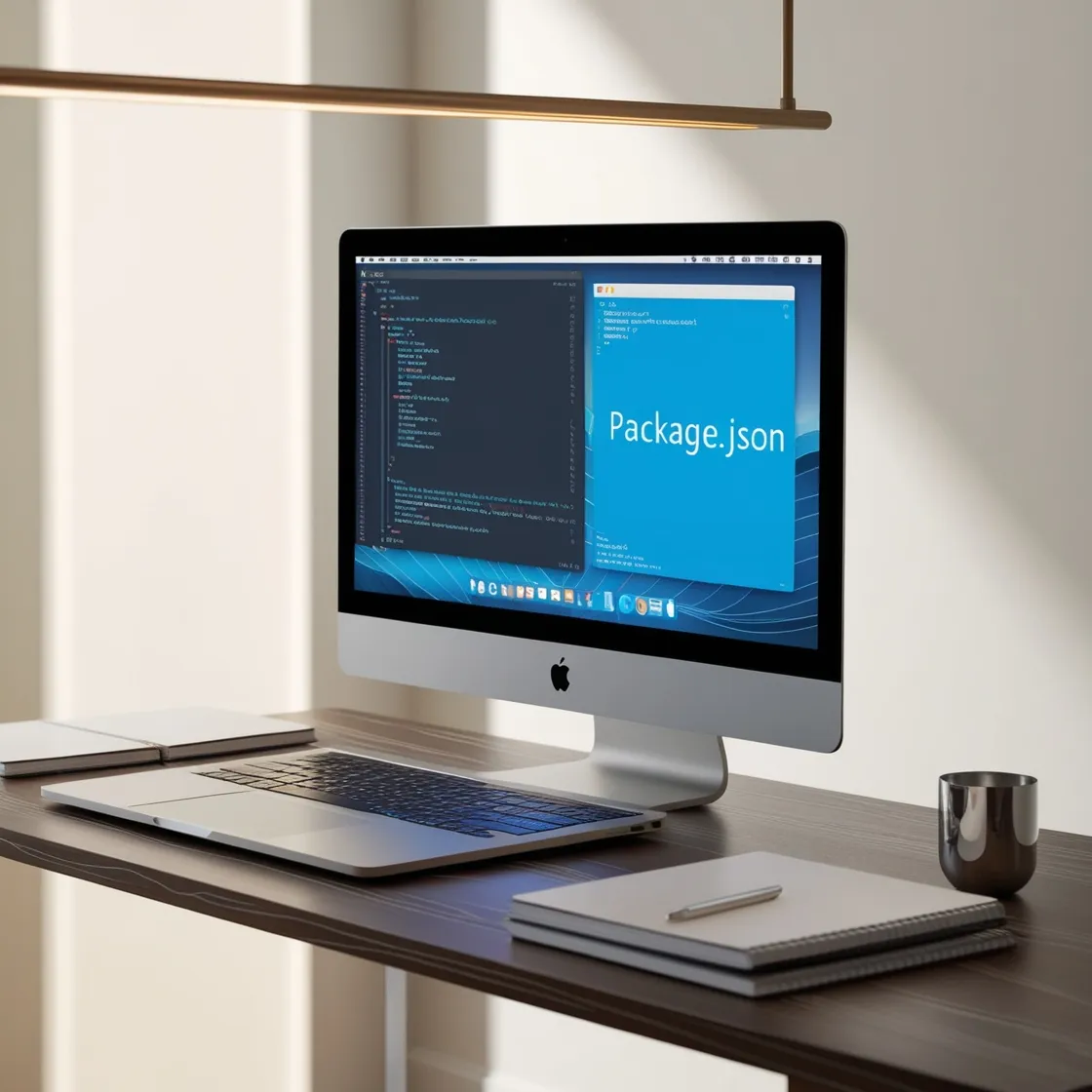
As you begin to dive into the world of JavaScript and Node.js, one of the first files you will encounter is package.json. This file is essential but may seem intimidating at first. Fear not, as it’s just a simple yet powerful tool for managing your project’s various needs, such as packages, scripts, and configurations. Here’s a simple guide to understanding what package.json is and setting up everything you need to run a project…
👨🏫A beginner’s guide to SOLID principles in JavaScript: Made Simple
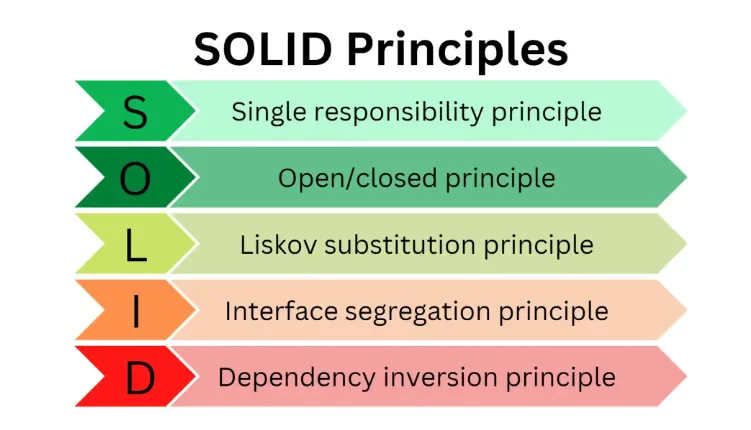
The SOLID Principles are guidelines that help software developers design and maintain clear, robust, and flexible systems. They are essential in object-oriented programming, but they can also be useful in understanding structured coding practices in JavaScript. Here, I’ll break down each principle with simple explanations and examples to make them accessible to everyone…
🔝Top 5 useful Software Testing books

Software testing is an essential part of any software development life cycle. It ensures a software solution’s functionality, reliability, and efficiency and is vital to quality assurance. Investing time in reading software testing books boosts your understanding of these testing mechanisms, thus ensuring the project’s quality and contributing to your professional growth. Therefore, I have prepared the best books on testing I have read that are still relevant at the time of writing…
How do I split one or more large JSON files into a bunch of smaller JSON files?
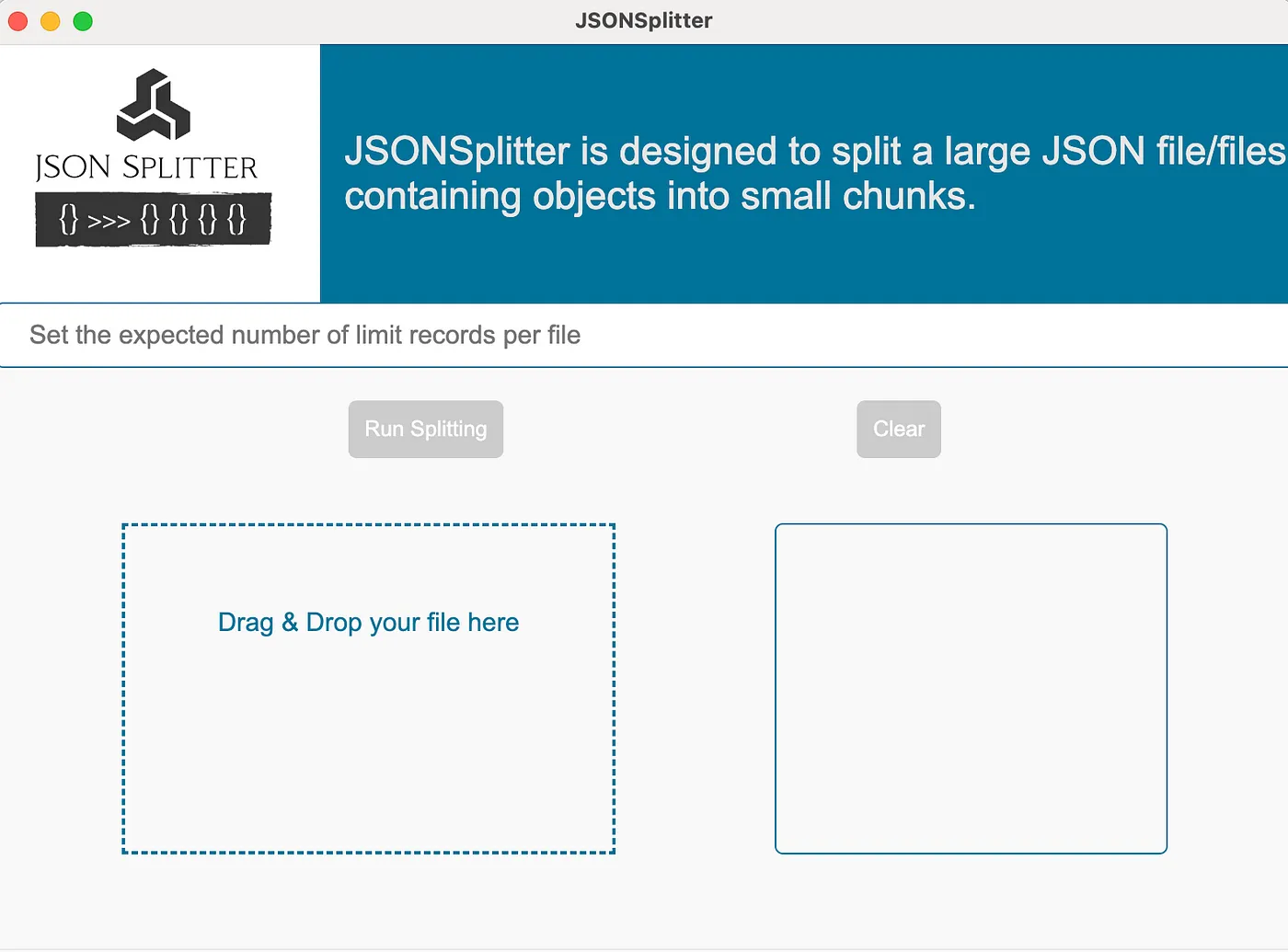
Working with JSON (JavaScript Object Notation) is common in web development. JSON has become a popular data exchange format because of its lightweight nature and easy-to-understand syntax. However, we sometimes encounter large JSON files that can be bulky and difficult for other tools to manage, read, or process. In such scenarios, it is beneficial to break or “slice” the mammoth JSON file into smaller, more manageable chunks. This divide-and-conquer approach allows for efficient processing, easy sanity checking, and better readability. This article will introduce you to the JSONSplitter UI application and guide you through the process of splitting large JSON files into smaller ones…
😱HOW TO get free parallelization in Cypress IO?

End-to-end testing is an integral part of any application development pipeline, to simulate real-world user workflows and ensure that they perform as expected. One of the most popular tools for this task is Cypress IO. While Cypress IO offers several benefits, running extensive test suites can be time-consuming. However, you can address this issue by enabling parallel test execution. In this article, we’ll take a step-by-step approach to achieving free parallelization in Cypress IO using the open-source cy-split plugin…
🔝TOP 10 useful Cypress plugins in 2024!

Cypress is a powerful JavaScript end-to-end testing tool for web applications. As with many other testing tools, Cypress allows for the use of plugins to extend its functionality, making it more robust and flexible to meet the unique demands of different testing applications…
🤔What is the best code editor for JavaScript?
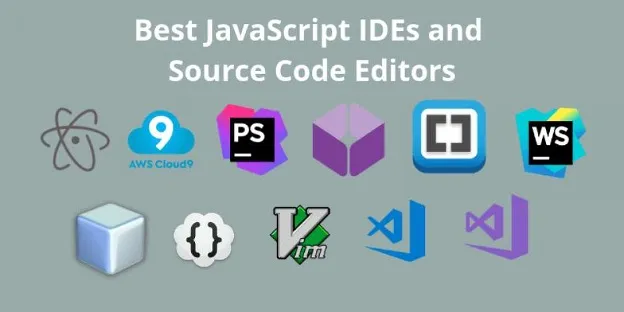
JavaScript is one of the world’s most popular programming languages. JavaScript provides integration with CSS and HTML to create robust front-end applications. The introduction of NodeJS has extended the reach of high-level, interpreted programming languages to server-side development. JavaScript also plays an important role in test automation for building test frameworks for testing E2E, API, unit, etc…
JavaScript 🆚 TypeScript in Test Automation. A Closer Look at Playwright and Cypress
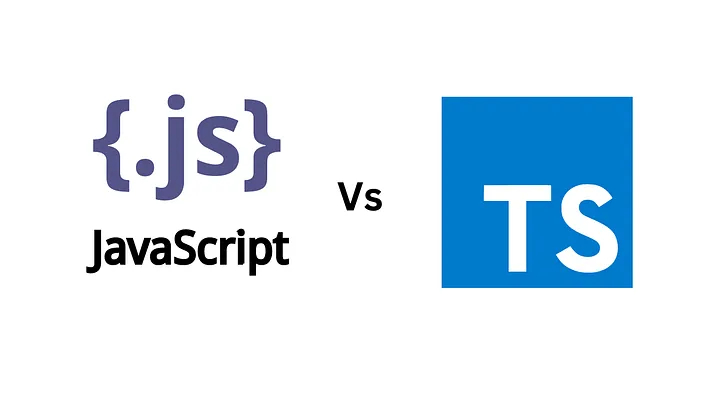
For any software development project, selecting the right language and tools is crucial to ensure effective test automation. Two languages that have caught the attention of developers worldwide are JavaScript (JS) and TypeScript (TS). Let’s dive into a comparison between these two languages, and specifically how they apply in two popular testing tools — Playwright and Cypress…
Cypress Cloud. Is it worth paying for it?
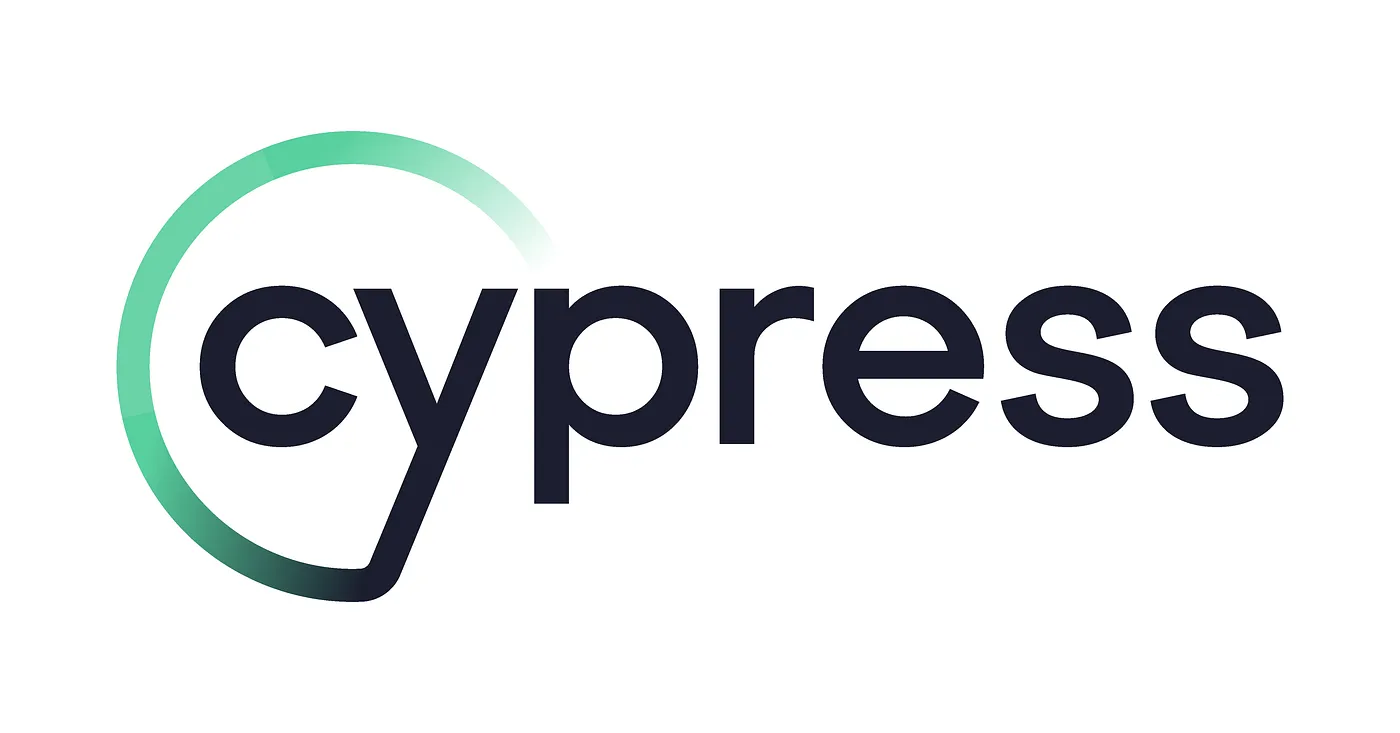
We have a set of automated tests that can be run locally on our machine, or they can be integrated as part of continuous integration/continuous deployment. The tests are executed in a single thread, test by test. We use the standard spec reporter to understand and analyze our test results…
CypressIO. How to build Page Object correctly.

This article is useful for test automation engineers or developers who are involved in testing and want to improve their testing framework skills to use Page Object models to organize testing, maintenance, and communication with each other. It may also be useful for those engineers who are already using this method but would like to hear a different point of view. Earlier I talked about the Page object and how it can be implemented using the Playwright as an example. Now I want to demonstrate an approach, using all the features of Cypress. So let’s take a look at the most common scenario of logging in and verifying that the user is logged in…
🚫STOP using cy.wait()! Use timeout or aliases instead. Cypres IO.

When writing tests, I often encounter a delay in the appearance of elements on the frontend page. This can be due to waiting for a request with data that the rendering of elements on the page depends on, or other conditions. The easiest way to wait for an item to appear is to use the…
How to automate Accessibility testing using CypressIO?

This article is useful for test automation engineers or developers who are involved in testing and want to improve their test framework skills to apply such type of testing in the project. Let’s start with a quick overview of accessibility testing itself. ↓↓↓
🎭Playwright. How to build Page Object correctly using fixtures

This article is useful for test automation engineers or developers who are involved in testing and who want to improve their testing framework skills to use Page Object models for test organization, maintenance, and relations between themself. It can also be useful for those engineers who already use this method but would like to hear a different point of view…
Automating JavaScript Library Deployment to NPM with GitHub Actions. A Step-by-Step Guide
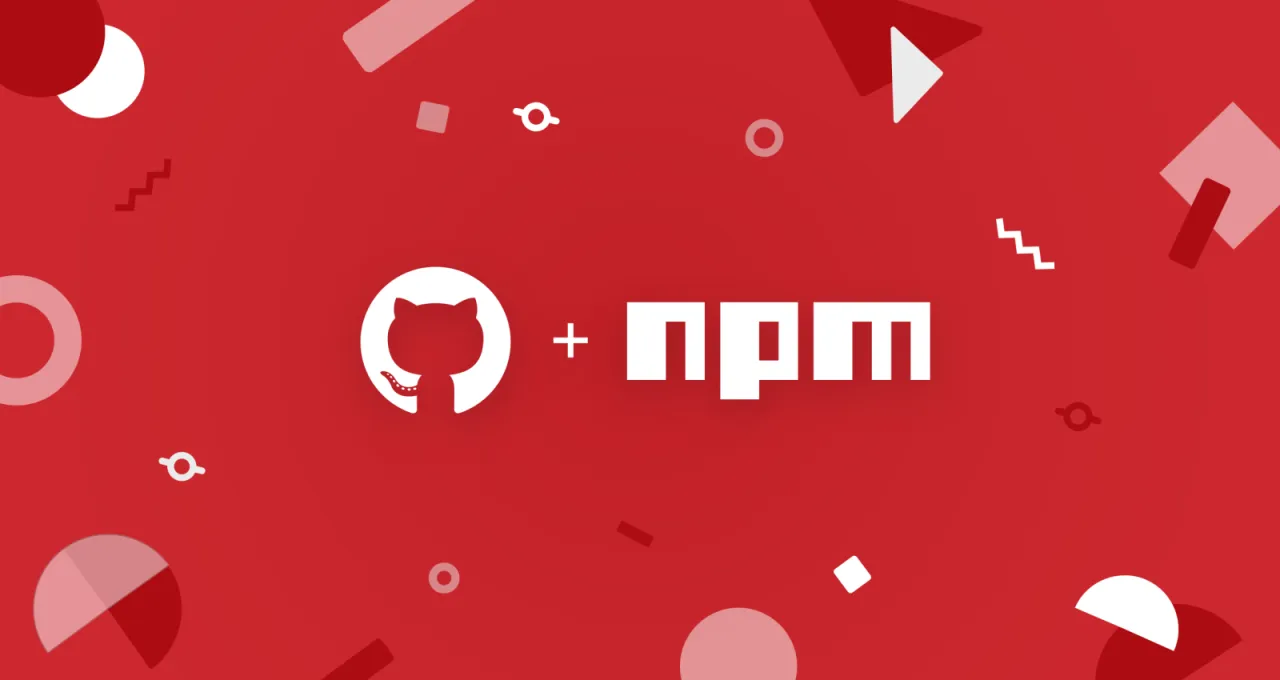
This article is useful for test automation engineers or developers who are using JavaScript in their code and want to publish their library to the NPM repository and use it as a dependency in other projects. There are two different ways of publishing. The first is locally using npm commands in the terminal, and the other is an automated process using CI/CD configuration for building and publishing…